Exploring the Best Types of Cactus Plants: A Comprehensive Guide to Cactus Type Plants
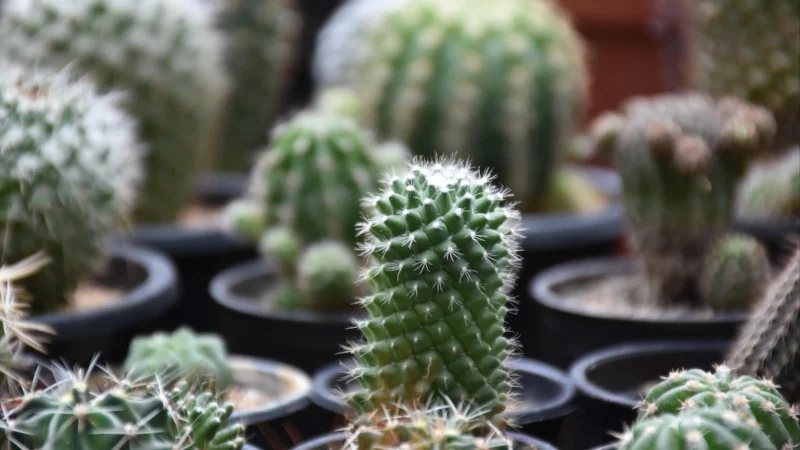
In the world of succulent plants, cacti stand out like no other. With their variety of shapes, sizes, and colorful blooms, it’s no wonder they’ve found their way into our homes and hearts. In this piece, we’ll explore 15 cactus type plants, their unique characteristics, and even how you can make them a part of your plant collection. Ready to dive into the spiny, intriguing world of cacti?
1. Barrel Cactus
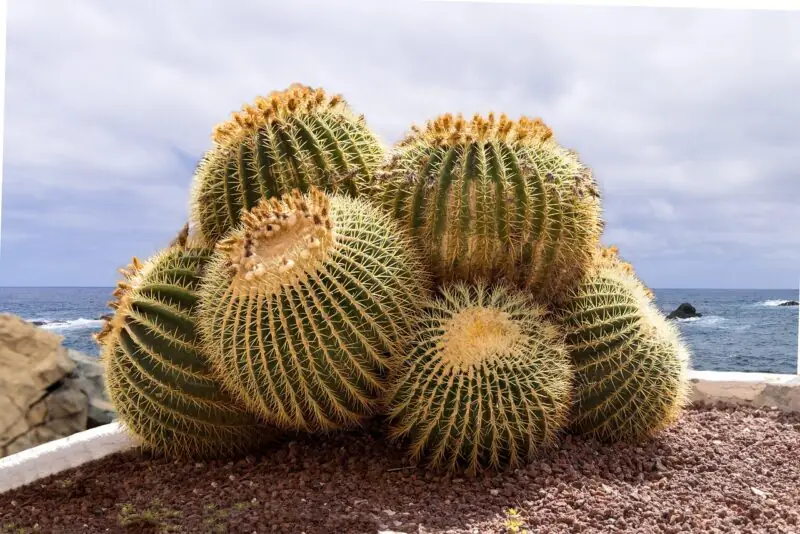
Starting our journey with the Barrel cactus. True to its name, it’s barrel-shaped and can stand its ground in the arid deserts of the Southwestern U.S. and Mexico. This cactus is also known as the “compass barrel” as it tends to lean towards the sun. It sports a crown of yellow flowers, blooming in summer, atop its cylindrical body. Growing up to 10 feet tall, it’s not just a cactus, it’s a natural landmark!
The Barrel cactus stores water in its bulky stem, making it a hardy survivor. It’s famous for its long, sharp spines – a feature you’d notice before you spot its beautiful yellow flowers. While it’s not the most cuddly of houseplants, it certainly adds a dash of the wild to your indoor or outdoor garden.
2. Christmas Cactus
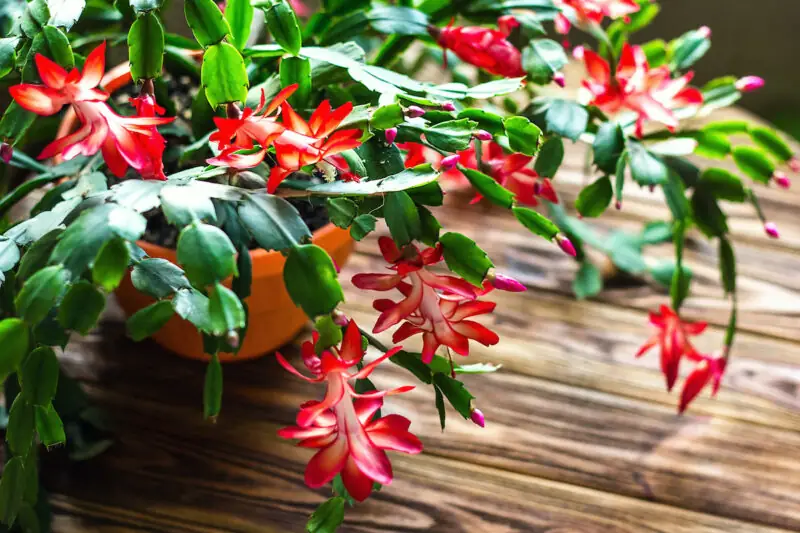
From the rugged outdoors, we move to a cactus that has made itself a much-loved houseplant – the Christmas cactus. The Christmas cactus blooms with beautiful red, white, or pink flowers just in time for the holiday season, making it a festive addition to your home decor.
Native to the cloud forests of Brazil, this cactus is used to cooler climates and less direct light. Unlike its desert-dwelling cousins, the Christmas cactus prefers its soil to be a little more on the moist side. Remember this when you’re adding a cactus to your indoor plant collection!
3. Moon Cactus
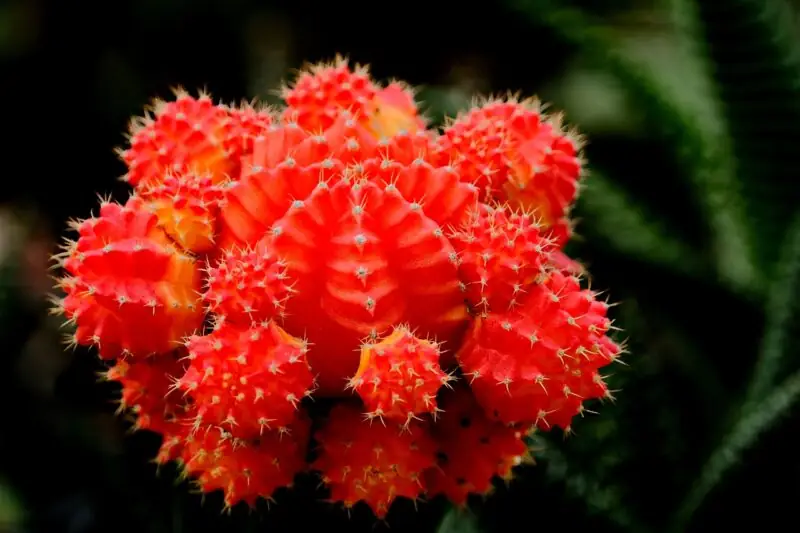
Our third entry is the fascinating Moon cactus. This small, slow-growing cactus is a two-for-one deal. Why? It’s usually made of two different plants – the colorful top or “cap” that’s grafted onto another cactus that acts as the rootstock. The vibrant cap, unable to photosynthesize, depends on the rootstock for survival. This is grafting at its best!
The Moon cactus is available in bright red, pink, orange, or even yellow, and it resembles a luminescent moon in your miniature indoor garden. Just place it near a window where it gets indirect light, and you’re good to go!
4. Feather Cactus
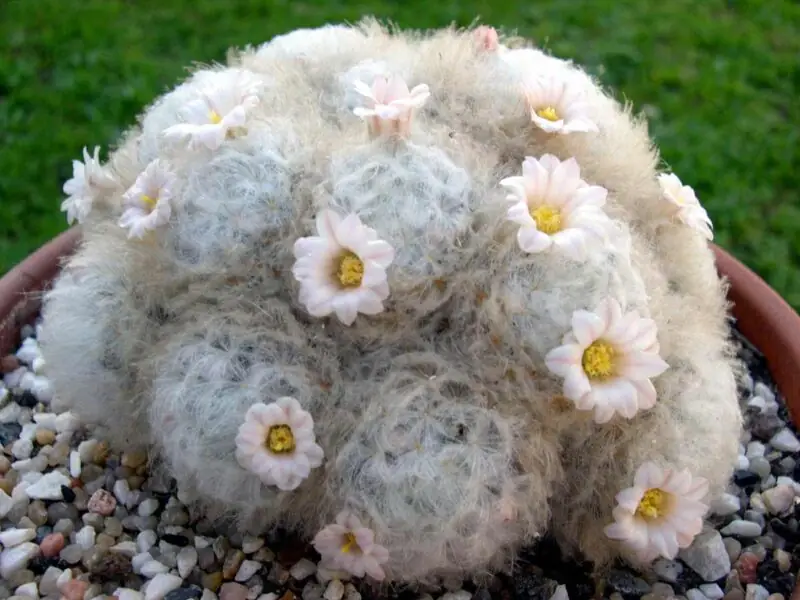
Meet the Feather cactus, a delightful ball cactus that adds a soft touch to any cactus collection. It features a multitude of furry spines, lending it a feather-like appearance. But don’t let its soft looks fool you. This cactus is native to the harsh deserts of Mexico.
It’s a small cactus, growing up to 6 inches tall. In the right conditions, it will reward you with bright orange flowers, adding another level of beauty to its already intriguing persona. Remember, the Feather cactus, like its cacti siblings, loves the sun but needs less water than your typical houseplant.
5. Star Cactus
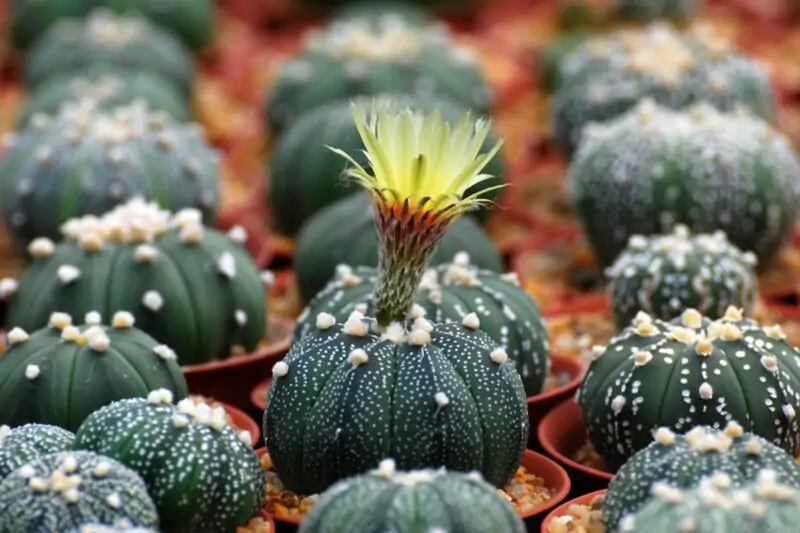
Next, we have the Star cactus, a true gem among cacti. It’s small, and its growth is slow, but what it lacks in size, it makes up for in charm. This cactus gets its name from the star-like pattern on its spherical stem. It also surprises you with bright yellow flowers that contrast wonderfully with its green body. The Star cactus is native to Texas and Mexico, and in the right conditions, it produces flowers in spring or summer that add a burst of sunshine to your indoor or outdoor cactus garden.
6. Fairy Castle Cactus
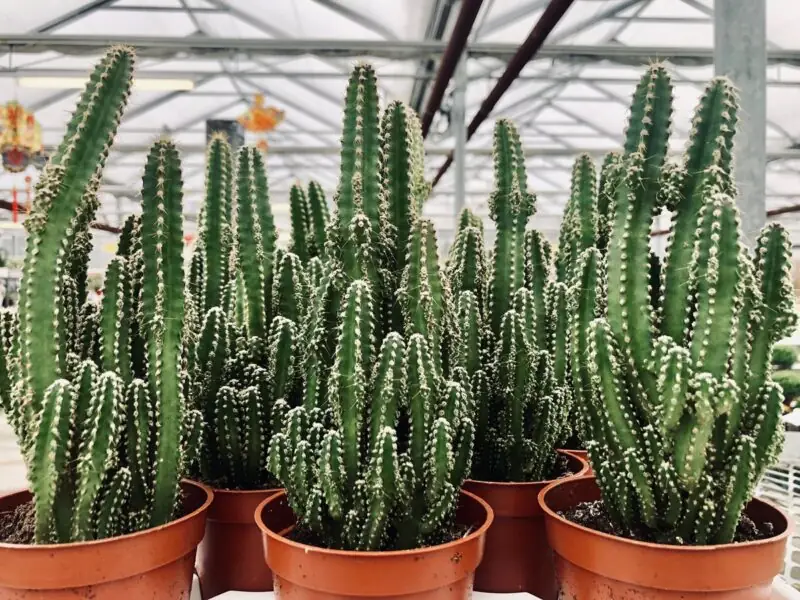
Let’s talk about the Fairy Castle Cactus. Just as the name suggests, it resembles the turrets and towers of a fairy-tale castle, making it a fun addition to your collection. It’s a slow-growing cactus species, but it can eventually reach several feet tall.
Being a petite cactus, it’s perfect for an indoor setup. The Fairy Castle Cactus makes for a fascinating conversation piece due to its branching stems and feathery spines. It can surprise you with white flowers, but only after it’s a few years old, so patience is key!
7. Pencil Cactus
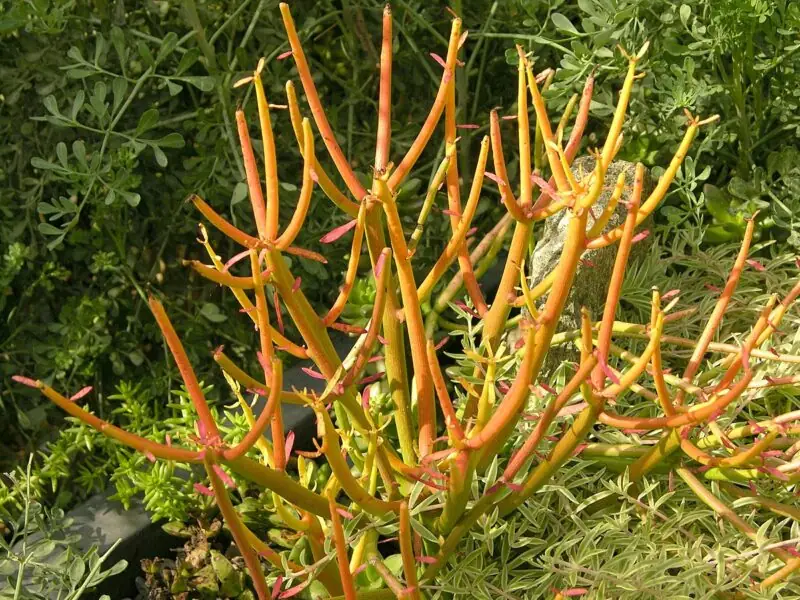
Meet the Pencil Cactus, another intriguing kind of cactus you can grow at home. The Pencil Cactus, also known as Euphorbia tirucalli, isn’t technically a cactus but a succulent. However, it’s often classified with cacti due to its similar care needs and appearance.
Its branches are thin and cylindrical, just like pencils. This feature, combined with its fast-growing nature, gives this plant a bushy appearance, making it look like a green tangle of scribbles in a pot. It’s an excellent indoor plant, adding a touch of whimsy to your home decor.
8. Old Lady Cactus
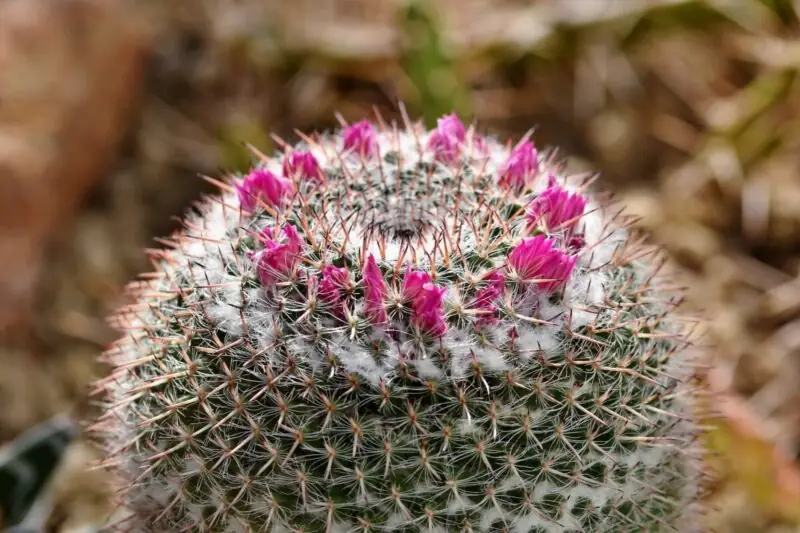
The Old Man Cactus, like the Old Lady Cactus, is a type of cactus you can grow at home that stands out due to its hair-like spines. These spines are white, giving the cactus a look akin to an old man with a beard, hence its name. The Old Man Cactus can grow tall, reaching up to 10 feet in height in its natural habitat, but indoors it usually stays much smaller. The crown of the cactus features red flowers that bloom in spring or summer, providing a vibrant contrast to the white spines.
9. Saguaro Cactus

The Saguaro cactus is a popular symbol of the American West. This tree cactus can reach sky-high heights, up to 60 feet! It’s native to the Sonoran Desert and has a lifespan of up to 200 years.
The Saguaro blooms large white flowers that open at night and close by the next afternoon. This tall and mighty cactus needs plenty of room to grow, so it’s better suited for outdoor gardens. It’s a slow-grower, but its grand size and impressive lifespan make it worth the wait.
10. Prickly Pear Cactus
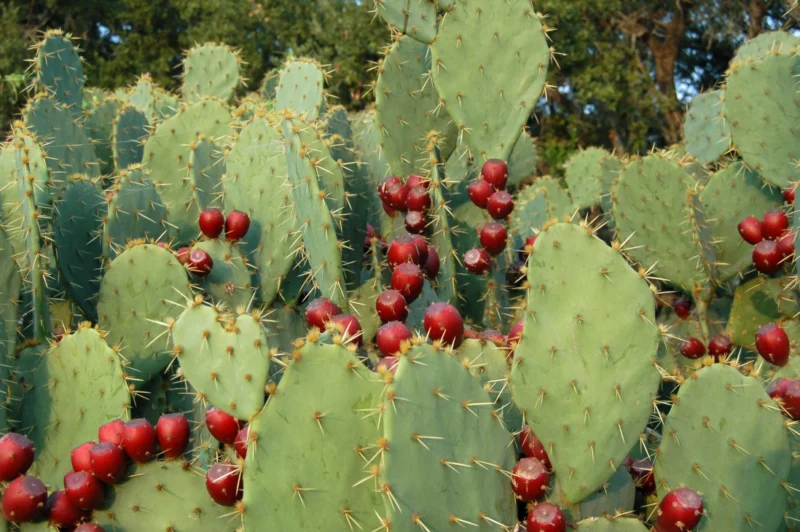
The Prickly Pear Cactus is another versatile plant. It’s recognized by its flat, paddle-like stems and vibrant yellow, red, or purple flowers. But that’s not all – this type of cactus also produces a fruit called “prickly pear” that’s edible!
The Prickly Pear is a robust, drought-tolerant plant that’s found in various habitats, from arid deserts to rocky highlands. It’s a fast-growing cactus, suitable for both indoor and outdoor cultivation.
11. Hedgehog Cactus
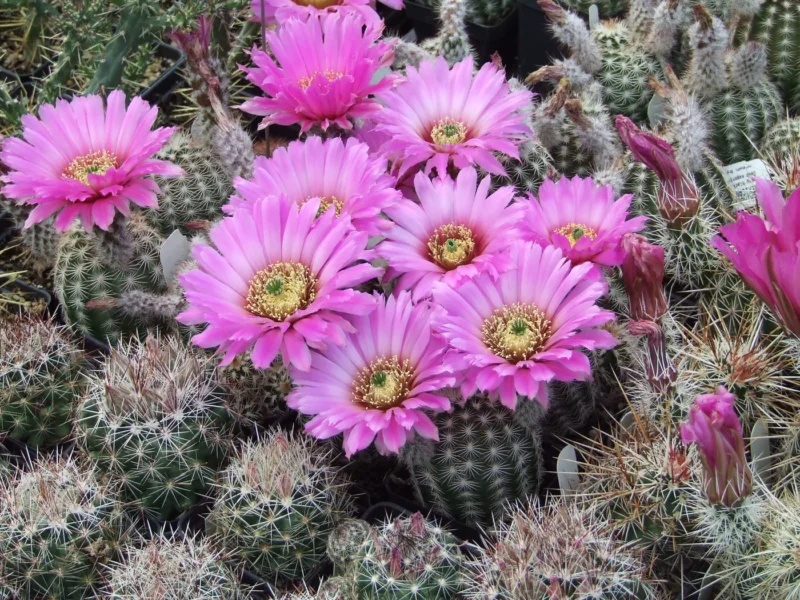
Next up is the Hedgehog Cactus, named for its cluster of spiny stems that resemble a hedgehog. This cactus is small, but it certainly packs a punch when it comes to its blooms. In the spring, it produces large, brightly colored flowers that can often overshadow the plant itself.
12. Ladyfinger Cactus
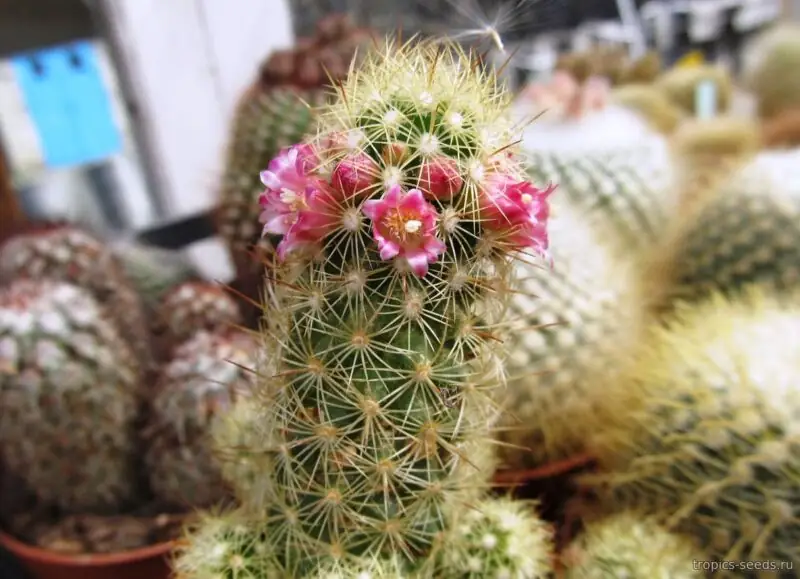
Meet the Ladyfinger Cactus, a slender and elongated plant that truly lives up to its name. This cactus usually grows in clusters, with cylindrical stems covered in golden spines. It’s a petite plant that fits nicely in small pots, making it an excellent indoor plant.
13. Old Man Cactus
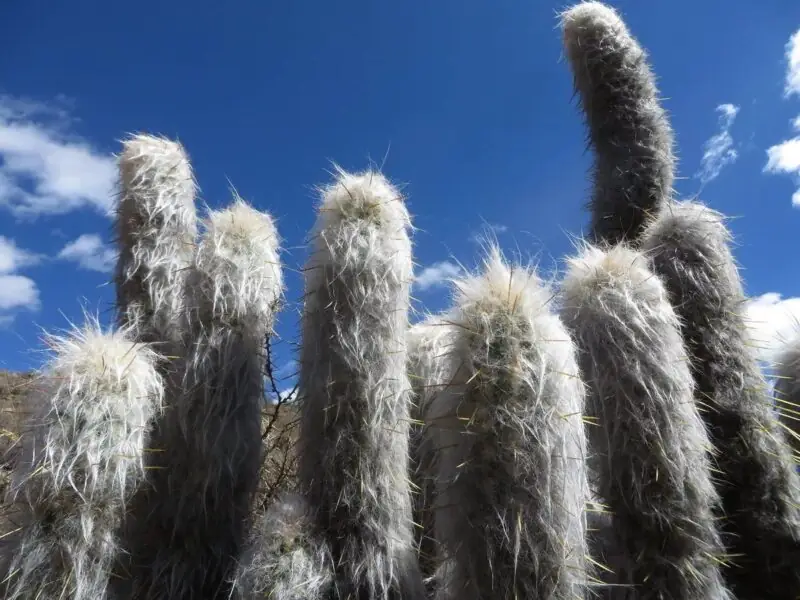
The Old Man Cactus, like the Old Lady Cactus, features a white, furry surface that resembles an old man’s beard. It’s a tall cactus that can reach heights of up to 15 feet in the wild. This cactus blooms red flowers at the very top, which add a lovely contrast to the white hair below.
14. San Pedro Cactus
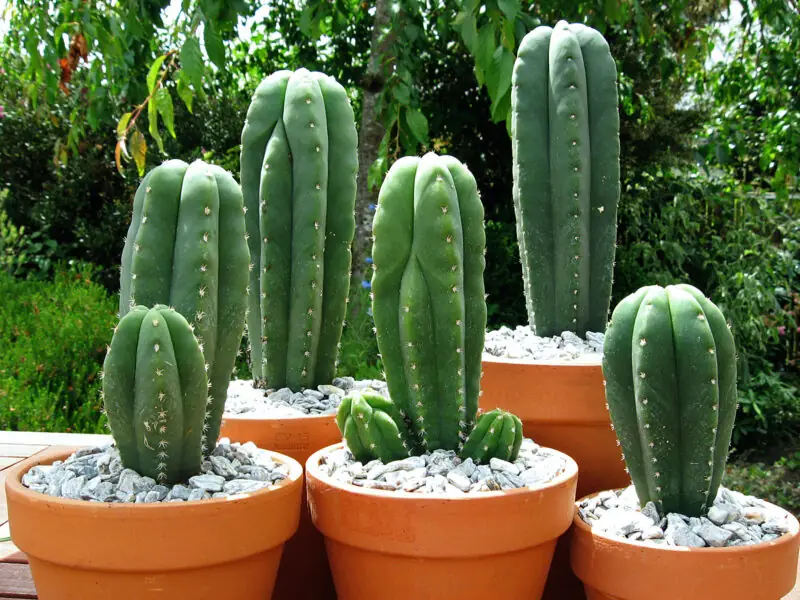
The San Pedro cactus is a tall, green cactus known for its rapid growth rate. It’s a popular choice among cactus enthusiasts due to its easy-care nature and stunning, multi-petal white flowers that bloom at night.
The San Pedro is a resilient, drought-tolerant plant. Despite its height, it’s suitable for indoor cultivation as long as it’s placed in a sunny spot. This cactus is also used in traditional medicine and shamanic practices, making it a conversation starter.
15. Easter Cactus
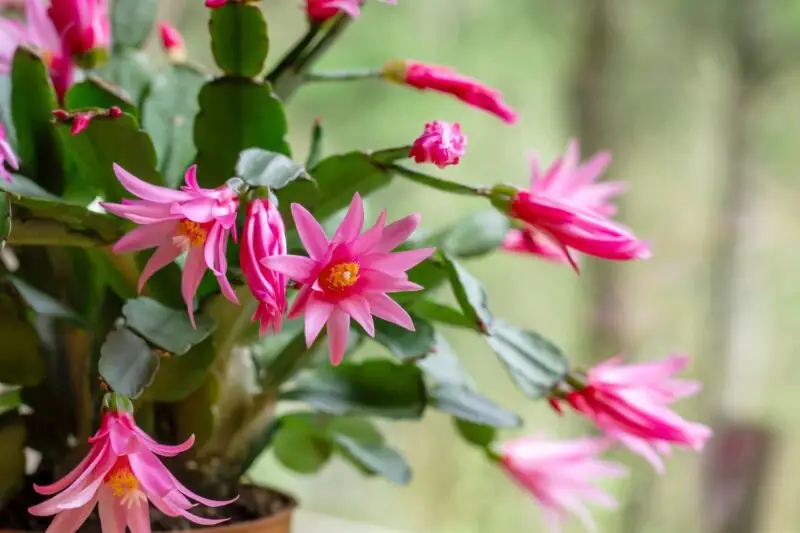
Last but not least, let’s look at the Easter Cactus. This cactus blooms bright flowers around Easter time, hence the name. The flowers come in various colors, from white to pink to bright red. This plant is an excellent choice if you want a pop of color indoors.
The Easter Cactus has unique features. Its stems resemble leaf-like pads joined one to the other, and it prefers more humid conditions than other cacti. While most cacti thrive in dry, desert-like conditions, the Easter Cactus loves a bit of humidity!
How to Care for Cactus Plants
Caring for cacti is a breeze once you get the hang of it. These resilient plants require less maintenance than most other houseplants, making them an excellent choice for new plant parents or those who don’t have a lot of time to dedicate to plant care.
Indoor vs Outdoor Cactus Care
Whether you’re growing a cactus indoors or outdoors affects how you should care for it. Indoor cacti typically need more light and less water than outdoor cacti. Place your cactus near a bright window, and remember that overwatering is a common cause of cactus death.
Outdoor cacti, on the other hand, can handle more water and less light. They’re typically more tolerant of temperature fluctuations, but make sure they’re not in an area that gets waterlogged.
Watering Your Cacti: The Issue of Underwatering vs Overwatering
One of the key aspects of cactus care is water management. Cacti store water in their stems and roots, which allows them to survive in arid conditions where other plants would perish. This makes them among the most drought-tolerant plants out there.
Overwatering is one of the quickest ways to kill a cactus. It’s better to underwater than overwater. So, how often should you water? A good rule of thumb is to let the soil completely dry out between waterings. In the summer, you may need to water once a week, while in the winter, watering once a month should suffice.
Light and Temperature Requirements for Cacti
Cacti love sunlight. Place your cactus in a bright, sunny spot, but beware of too much direct sunlight, which can cause sunburn. The ideal temperature for most cacti is between 65 and 85 degrees Fahrenheit. They can tolerate a bit of chill but try to keep them away from drafts or windows that get very cold at night.
Potting and Soil Preferences of Cactus Plants
Cacti prefer well-draining soil to prevent water from sitting at their roots and causing rot. A mixture of potting soil and coarse sand is usually a good choice. When it comes to pots, choose one with a drainage hole and use a potting mix designed for cacti and succulents. Make sure your pot is not too large for your cactus, as this can lead to waterlogged soil. Many cacti also prefer a slightly acidic to neutral pH, so it may be beneficial to add a bit of peat moss to your potting mix.
Dealing with Cactus Pests and Diseases
Cacti have spines that deter many pests, but they can still be prone to mealybugs, scale, and spider mites. If you see signs of pests, try to remove them physically or use a mild insecticide. Cacti can also suffer from fungal diseases, often due to overwatering. If you notice black spots on your cactus, cut back on watering and consider using a fungicide.
FAQs
What are the different types of cacti plants that I can grow at home?
There are many cacti you can grow at home. From the gold lace cactus to the peanut cactus, each kind of cactus brings a unique aesthetic. If you’re a fan of tall plants, the saguaro cactus or the San Pedro cactus might be your cup of tea. If you prefer something smaller, a pincushion cactus or a cap cactus could be a great choice.
How do I identify different types of cacti?
Cactus identification can be a bit tricky, as there are so many different types. However, cacti usually have distinct features that set them apart. Some cacti have unique shapes, like the star-shaped star cactus, while others like the bunny cactus look like small critters. Colorful cacti are often identified by their bright flowers, which can bloom in spring or summer.
Can I grow all cactus types indoors?
While most cacti are quite resilient, not all of them can thrive indoors. Some cacti require very specific temperature and light conditions that can be hard to provide inside. However, many cacti, like the old lady cactus or the Easter cactus, make excellent indoor plants due to their adaptability and small size.
What is grafting in terms of cactus cultivation?
Grafting is a process where the tissues of two different plants are joined together. For cacti, this can be done to propagate a variety that’s hard to grow from seed or to create a unique, colorful cactus by grafting a brightly colored cactus onto a more robust rootstock.
Conclusion
From the tall saguaro to the petite pincushion, the world of 15 cactus type plants is diverse and fascinating. Each cactus has unique features that make it stand out, whether it’s the bright yellow flowers in the spring of a barrel cactus or the fluffy appearance of the old lady cactus that makes it look like a fairy tale creature.
In this guide, we’ve introduced you to some of the most beautiful cactus varieties that you can grow at home, both indoors and outdoors. With their unique shapes, vibrant flowers, and easy care, cacti are a great addition to any home. Whether you’re a seasoned plant parent or just starting your plant journey, there’s a cactus that’s perfect for you.